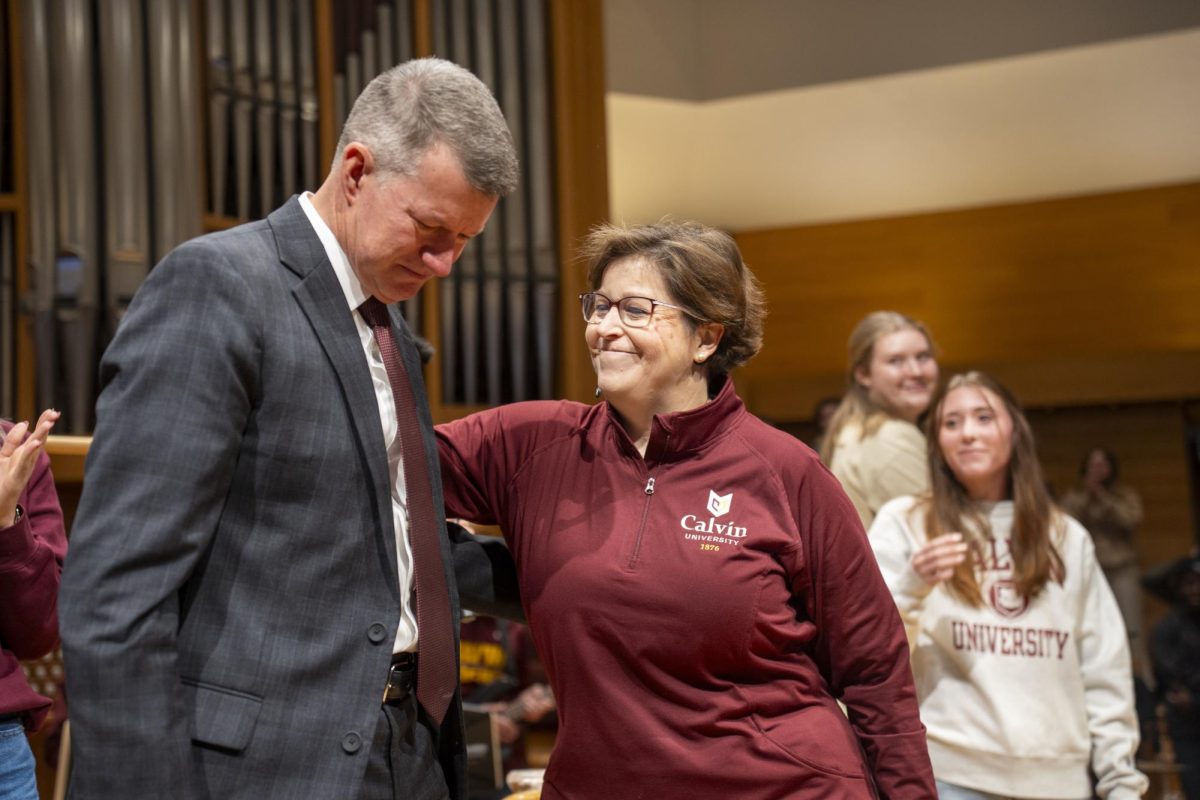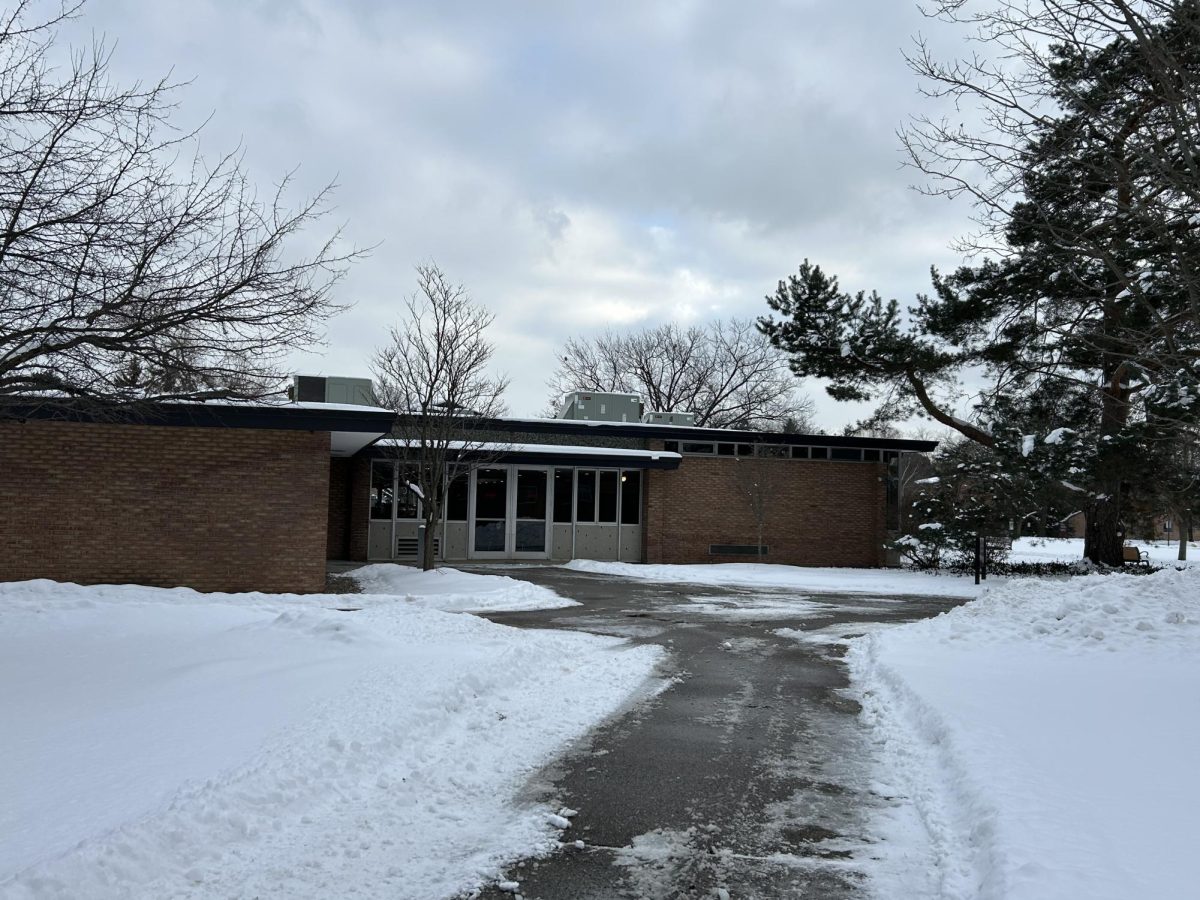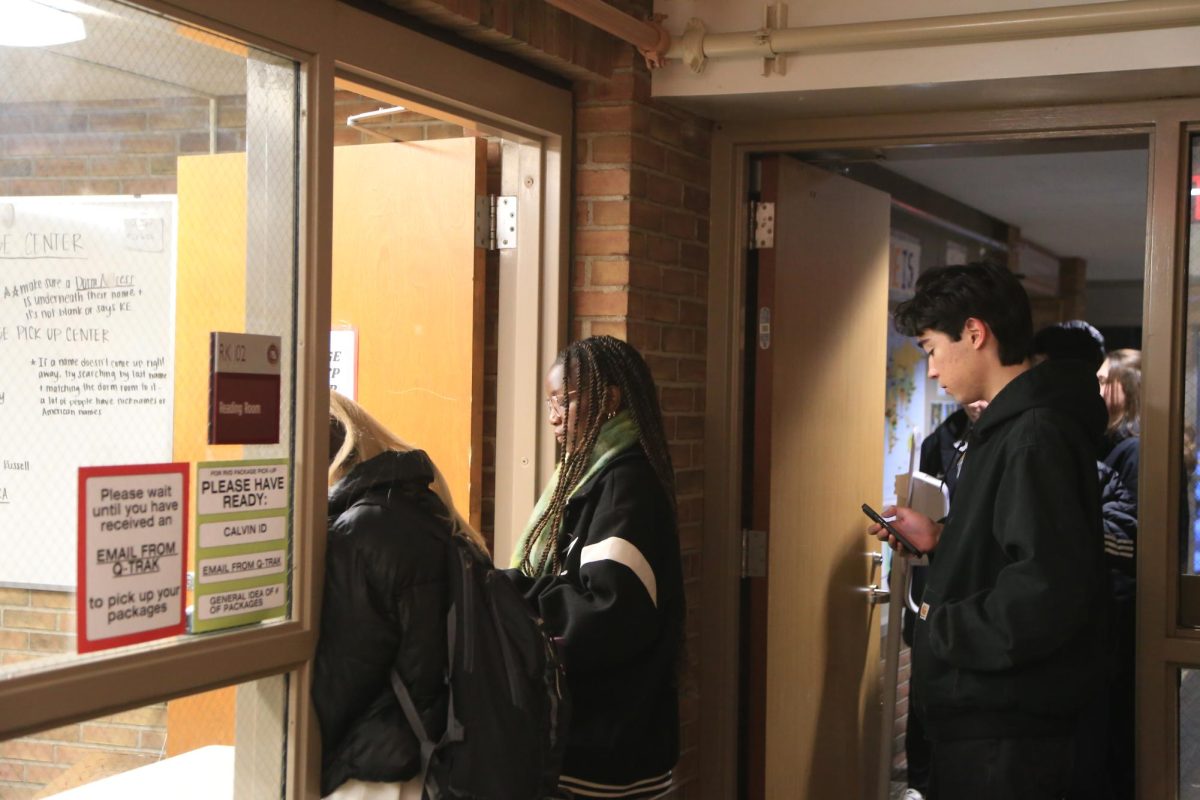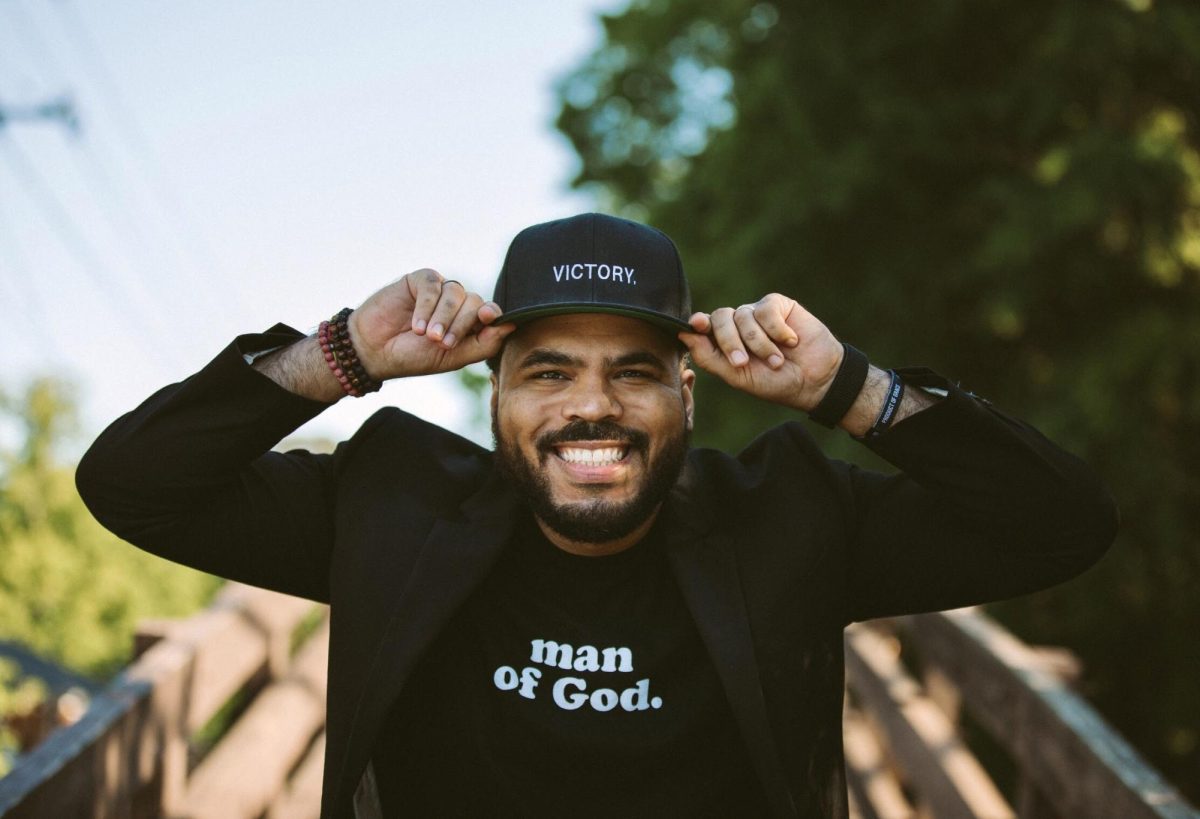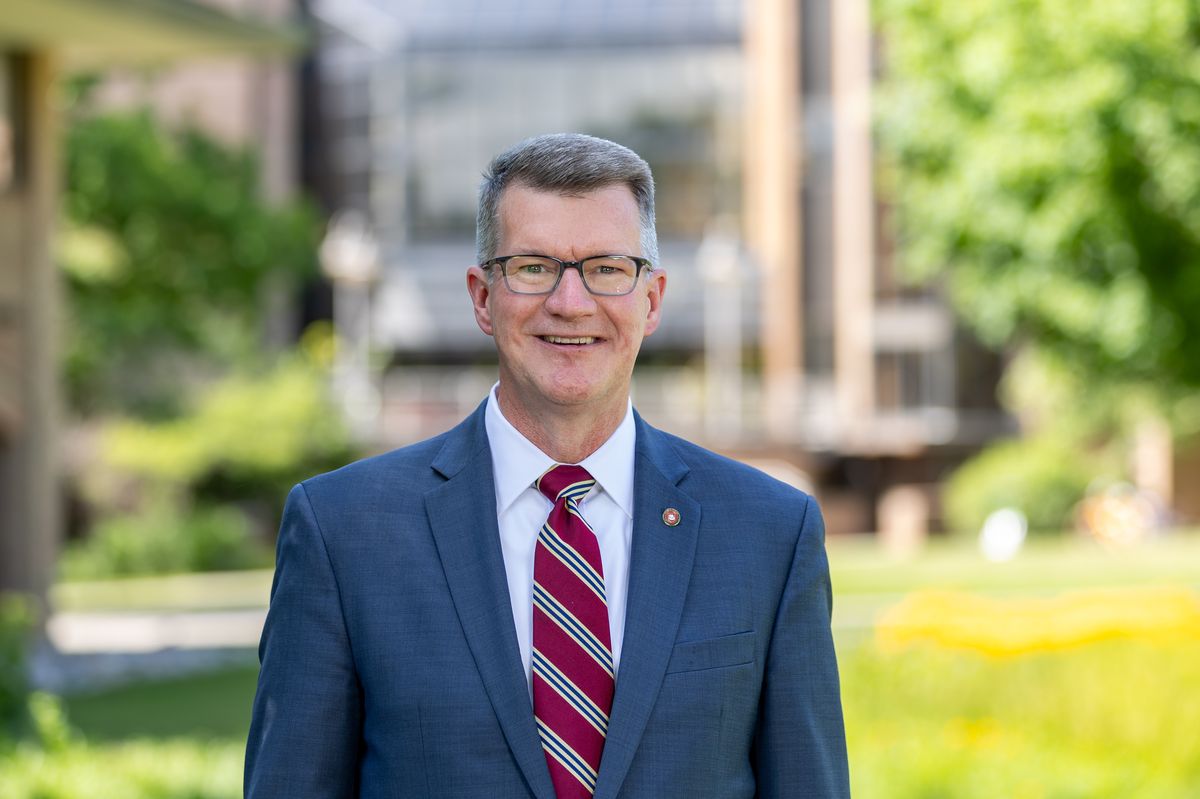Last week, the Calvin Energy Recovery Fund (CERF) sponsored a lights-out event, a poster session and a sustainability scavenger hunt on Calvin’s campus.
These events were a celebration of the fact that CERF has saved Calvin’s campus over $100,000 and 1 million kilowatt-hours of electricity since its inception in 2010, as well as 1.5 million gallons of water and 770 metric tons of carbon dioxide.
Over 65 students and faculty participated in the scavenger hunt, a day and a half long event in which teams of two to five people followed 15 clues to various sustainable and energy saving locations on campus.
“The intent of the CERF Scavenger Hunt was to raise awareness for the sustainable efforts and energy-saving projects that have been implemented on Calvin’s campus,” explained Lauren Grimley, a CERF student intern.
“These events are important for Calvin to have and for students to participate in because energy savings, renewable energy and sustainability are relevant to our school life, home life, work life and more.”
Kylee Rosette, a junior who participated in the scavenger hunt, said she learned more about sustainability on Calvin’s campus through her experience.
“I think Calvin does a lot of things to be sustainable and people don’t always necessarily recognize that. For example, we had to go take a picture with a windmill at Calvin, and that was cool to see because I didn’t realize we had one before.”
Rosette was also impressed with CERF’s focus on the future and new possibilities for energy recovery at Calvin.
“One of our tasks [in the scavenger hunt] was to write a project proposal idea, so they’re constantly looking for new ideas. I appreciate how open they are to being sustainable and how actively they pursue it.”
Professor Matthew Heun of the engineering department, instrumental in establishing CERF and coordinating its projects, explained that the idea for CERF began with students who came across the idea of a green revolving fund while researching what it would take to make Calvin carbon neutral.
“With a green revolving fund, you take seed money, put it into a fund, then you draw money out of that fund to do energy efficiency projects,” Heun explained.
“You carefully track and log the monetary savings that accrue from those projects and put that money back into the fund… You end up growing the fund over time by doing this, and then you can do additional and larger energy efficiency projects over time.”
Some projects that CERF has sponsored over the past few years include installing more energy-efficient lighting in North Hall, the Fish House and the Spoelhof Fieldhouse Complex, as well as installing low-flow showerheads in the residence halls, saving on water, natural gas and sewer costs.
A main source of CERF’s funding is alumni donations, explained Eric Kamstra, who works for Advancement and serves as a liaison between CERF and the Development Office in coordinating fundraising.
“A lot of alums are supporting CERF financially because CERF provides a lot of accountability, and they can see exactly where their money is going […]. We can report back to our donors and say not only how much energy has been saved, but this is the cost that has been saved and here’s how it’s going to impact Calvin in the future.”
Kamstra points out that donating to CERF is a way that alumni can be good stewards, not only of their money but also of creation.
“As children of Christ, the way that we’re stewarding creation is very important and CERF embodies that. How do we reduce energy, how do we live and have as little of an impact on the area around us as possible?”



